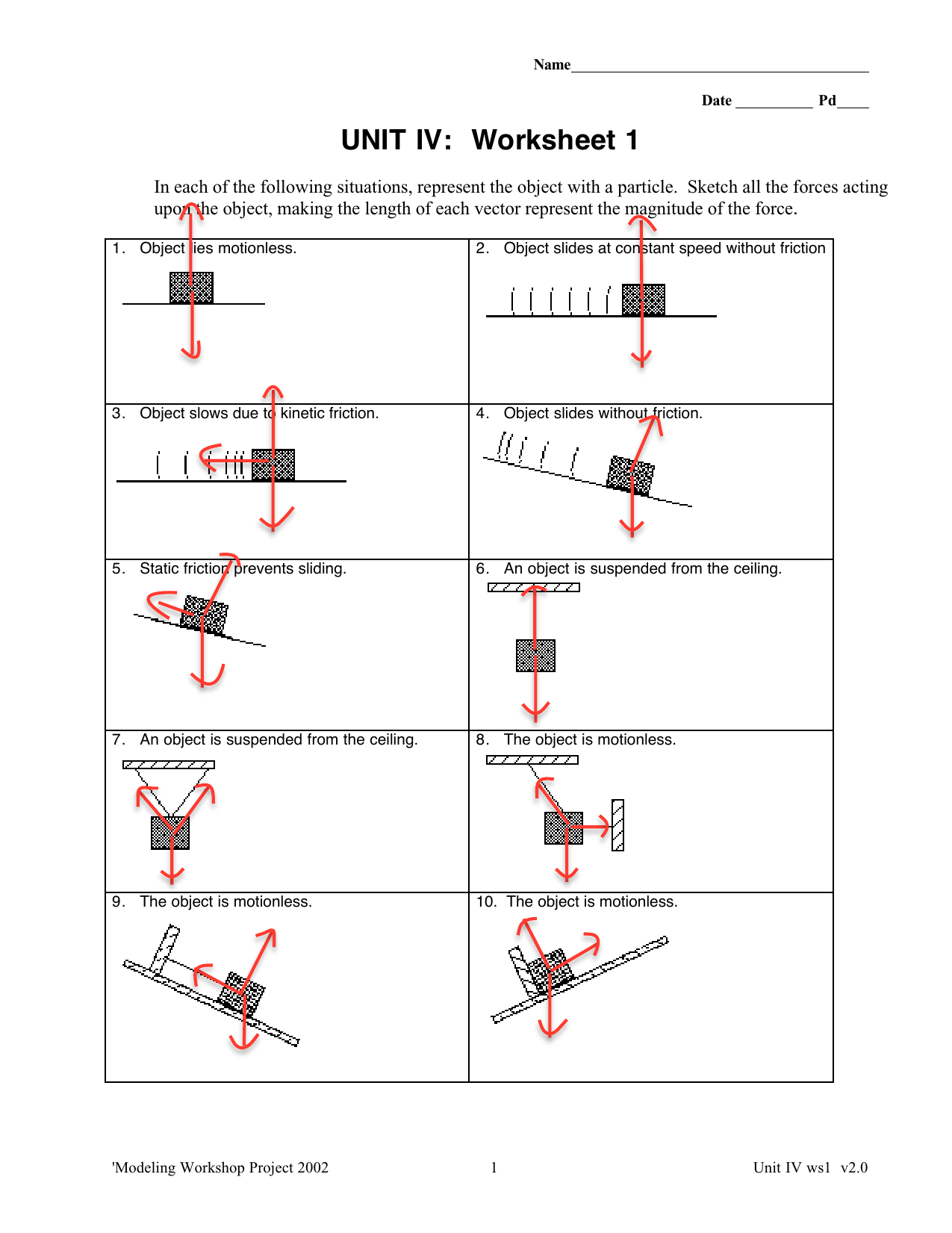

So basically, the motion of a Ferris wheel affects your bodies "apparent" weight, which varies depending on where you are on the ride. This means that the passengers feel "heaviest" at the bottom of the Ferris wheel, and the "lightest" at the top. Therefore, the velocity and acceleration of these two points are the same. This is because point C does not move relative to point P. The acceleration of the passengers at point C is equal to the acceleration of the Ferris wheel at point P. To solve for N 1 and N 2 we must apply this equation in the vertical direction. At these two positions a P is a vector which is aligned (parallel) with gravity, so their contributions can be directly added together. At the top of the circle a P is pointing down. So at the bottom of the circle, a P is pointing up.

The centripetal acceleration always points towards the center of the circle. So at location (1) this acceleration is pointing directly down, and at location (2) this acceleration is pointing directly up. This acceleration is always pointing towards the center of the wheel. N 2 is the force exerted on the passengers (by the seats) at point C, at location (2)Ī P is the centripetal acceleration of point P. Mg is the force of gravity pulling down on the passengers, where m is the mass of the passengers and g is the acceleration due to gravity, which is 9.8 m/s 2 N 1 is the force exerted on the passengers (by the seats) at point C, at location (1) The figure below shows a free-body diagram for the passengers at these locations. We wish to analyze the forces acting on the passengers at locations (1) and (2). The forces acting on the passengers are due to the combined effect of gravity and centripetal acceleration, caused by the rotation of the Ferris wheel with angular velocity w. W is the angular velocity of the Ferris wheel, in radians/s Point C is where the passengers sit (on the gondola) Point P is where the gondolas are attached to the Ferris wheel (1) is the top-most position and (2) is the bottom-most position The figure below shows a schematic of the Ferris wheel, illustrating the essentials of the problem. To analyze the Ferris wheel physics, we must first simplify the problem. As a result, the gondolas always hang downwards at all times as the Ferris wheel spins. These gondolas can freely pivot at the support where they are connected to the Ferris wheel.

The Ferris wheel consists of an upright wheel with passenger gondolas (seats) attached to the rim. Rotational dynamics using vector notation.Ferris wheel physics is directly related to centripetal acceleration, which results in the riders feeling "heavier" or "lighter" depending on their position on the Ferris wheel. The work-energy theorem, potential and kinetic energy, energy conservation and power Newton’s laws, types of forces, and free-body diagrams
MASTERING PHYSICS BODY DIAGRAMS FREE
You will have free access to this throughout level 1.Ĭore mathematics, including vectors and vector operations, and essential calculus The assignments are designed and delivered via the Mastering Physics platform, which is synchronised to the set e-textbook. You will have short assignments to deepen your core understanding of the topics and to build your problem-solving skills to a high level. The approach taken is to guide you carefully through the fundamental equations of motion and the concepts of force, energy and momentum by developing the ideas of Newton. Mechanics is mainly about the science of motion. You will develop a solid foundation in mechanics in preparation for your future studies. Students across various Science and Engineering degree programmes take this level 1 module.


 0 kommentar(er)
0 kommentar(er)
